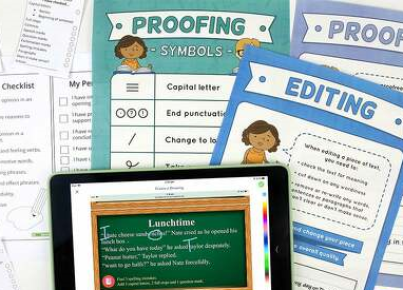In today’s highly competitive marketplace, persuasive advertisements hold the key to capturing a viewer’s attention and converting it into substantial customer engagement. Crafting and understanding persuasive advertisements can lead to increased sales, greater brand loyalty, and a lasting impact on the minds of consumers. This article will guide you through the process of reading and writing persuasive advertisements that can make a difference.
1. Know Your Target Audience
Understanding your audience is vital in crafting a persuasive advertisement. Research demographics, preferences, and behaviors of your target customers to tailor your message accordingly. The more you know about them, the easier it becomes to create an ad that appeals directly to their wants and needs.
2. Create a Compelling Headline
A captivating headline is critical in grabbing attention right away. The strongest headlines speak directly to the reader’s emotions by arousing curiosity or addressing their pain points. Remember to keep it succinct and use powerful words that evoke strong feelings.
3. Utilize Emotional Appeal
Studies show emotionally-driven advertising campaigns tend to outperform those relying solely on logic. Appeal to the viewer’s emotions by using stories, visual cues, or provocative statements related to their personal desires or fears.
4. Highlight Benefits Over Features
When writing persuasive ads, focus on highlighting the benefits your product or service brings instead of listing its features. Show how the product fulfills a need or solves a problem for the consumer rather than describing technical details that may not interest them.
5. Employ Social Proof
Including testimonials, reviews, or expert endorsements in your advertisement can back up your claims and help build trust with potential customers. People are more likely to purchase something if they see others have found success with it.
6. Incorporate Clear Calls-to-Action (CTAs)
Clear CTAs guide consumers towards the next step you want them to take, whether it be making a purchase, calling for more information, or signing up for a newsletter. Make sure your CTA stands out and is easy to identify.
7. Test and Optimize
Regularly testing your advertisements, be it through A/B testing or other analytical methods, allows you to identify the elements that work effectively and improve those that don’t. Continual optimization can tremendously enhance the performance of your ads.
When reading persuasive advertisements, try to identify these elements as well. Analyzing successful ads helps you understand the techniques they employ and refine your own advertising skills.
In conclusion, crafting persuasive advertisements involves understanding your target audience, using emotional appeal, highlighting benefits, incorporating social proof, adding clear CTAs, and continually optimizing for best results. With practice and attention to detail, you can create compelling advertisements that effectively persuade and resonate with potential customers.




